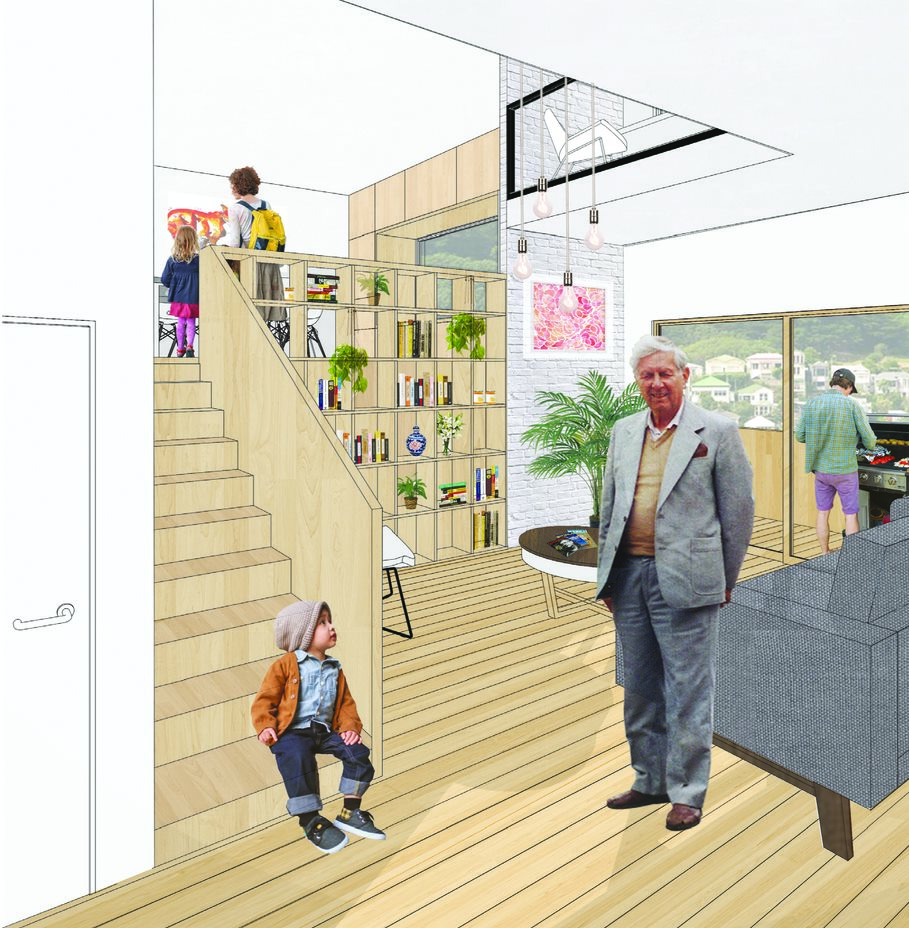
“Co-housing is a growing movement across the country,” says Mark Southcombe, senior lecturer in the University’s School of Architecture.
“An increasing number of people are realising its potential benefits—be they the desire to live in a certain area or save money, to follow certain interests such as living more sustainability, or to simply meet like-minded people and be part of a group.”
Mark says the term ‘collective housing’ is more appropriate than co-housing.
“There’s misperception out there. The essential focus is sharing resources and building housing that benefits everyone. In New Zealand it’s not governmentally run or supported, or reliant on property developers—it’s a participatory movement that is driven from the bottom up.”
In February, Mark was part of an organising group that held the first nationwide conference on collective urban housing in New Zealand.
Hosted at the University’s Te Aro campus, CoHoHui was a one-day sold-out event bringing together builders, architects, lawyers, bankers, representatives of iwi, councils, and government, as well as other individuals and groups working on collective urban housing.
The conference focused on how to build up the burgeoning movement. “It covered the past, present, and future of collective housing in New Zealand—what lessons we can take from what’s been done, how it is working now, and what is needed to get more people informed and involved,” says Mark.
Mark says one of the key things to emerge from the conference was a group that will function as a shared voice for collective housing, with the ability to advocate with local and national government. The group’s main aspiration is to create open-source resources for anyone interested in collective housing.
“This will help facilitate the emergence of more collective housing across the country,” says Mark. “There are a number of projects emerging, so if people are interested in the process, they don’t have to reinvent the wheel every time, particularly for New Zealand conditions that are different from overseas. We are also taking the concept of papakāinga, communal Māori land, homes, or villages, into account.”
Mark says collective housing can be as diverse as the people who live in it. “It could be a large group of separate apartments with shared family spaces like gardens or laundries; it could be that more spaces are shared and members eat their meals together. It could also just be a group of single people buying or building a house together. There are lots of options.
“With shared spaces and resources comes less impact on the environment too—for example, it may mean shared cars or bikes. It’s also more socially sustainable, as 25 percent of New Zealanders live on their own. It’s about building a community and, hopefully, reducing loneliness or isolation.
“We’re not saying collective housing is the only answer, but we’re saying by adding diversity it’s a good option for people at different stages in their lives.”
